A Quick Look at the Moto X - Motorola's New Flagship
by Brian Klug on August 1, 2013 3:00 PM EST- Posted in
- Smartphones
- Qualcomm
- MSM8960
- Motorola
- Mobile
- Android 4.2
- Moto X
- S4 Pro
Touchless Control
Though the UI for the Moto X is indeed stock android basically everywhere ($12.5 Billion later, Google finally killed Motoblur), there are two specific software customizations on the Moto X which are chief differentiators. The first of which is touchless control, which is essentially a combination of always-listening voice command, and Google Now.
The way it works is simple – say “OK Google Now” with the phone in literally any state, and you’ll get dumped into a special Google Now prompt. It works with the phone in standby mode (screen off, powered on, but in deep sleep), or with screen on.
There’s a training initialization which asks you to say “OK Google Now” in a very quiet room three times (I had to lock myself in a bathroom for the meter to register quiet enough) to enable the feature. After that, saying OK Google Now works well and powers on the phone to this menu. Users cannot change the OK Google Now keyphrase to something custom.
For this system, Motorola uses a natural language processor (NLP) of custom design that I haven’t quite tracked down yet. This controller constantly listens on the 3 microphones onboard Moto X for the “OK Google Now” keyword, then wakes up the AP and enables the Google Now prompt. Motorola says it went with this solution to enable always-on voice without killing battery life from running the main AP all the time (which does make sense). It works surprisingly well, maybe even too well, as even after training saying “OK Google Now” can turn on every Moto X around you. Just something to be aware of.
Contextual Processor
The contextual processor powers two other features, active display, and the gesture-enabled quick capture camera.
Active display is Motorola’s solution to the constant device checking and glancing that users do to find out why a notification fired. It’s a view that sits above the lock screen and displays the last few notifications and enables you to dive into the appropriate app that triggered it. Information just appears on the display when it’s in an off state, breathing in and out when the device is face-up on a surface. Otherwise, flipping the Moto X from face down to face up will bring up the display – I can’t screenshot it, this seems to live outside Android entirely.
To get a preview, you can touch the notification, and then drag up. Dragging left or right clears notifications. Dragging up into a notification will dive into the appropriate application.
There are privacy settings to enable or disable how much information you can have displayed on the active display notification screen so this doesn’t bypass if you have a lock screen on purpose.
I leave my phone face-up on my desk instead of face down to prevent screen scratches, where and the Active Display notification screen pulses periodically with the time and when notifications come in. It works well, I just need to spend time with it.
The other contextual-powered feature is quick capture, which is the quick enter camera gesture. Hold the Moto X, flick your wrist like a screwdriver, and you’ll get popped into Motorola’s camera UI for the Moto X.
The UI is very simplified and makes some interesting choices. Tap to focus and expose is disabled by default – instead tapping anywhere captures a photo. Tap to focus can be re-enabled in the settings, which fly out from the left, but now tapping anywhere focuses on that region and captures immediately. I’m not sure if I like this change. The camera sensor is 16:9, and the preview is likewise 16:9, so there’s at least no cropping going on.
The UI includes HDR, flash control, tap to focus enable/disable, slow motion video (720p60), panorama, location tagging, shutter sound, and the flick gesture enable/disable. What’s missing is photosphere support, unfortunately. Dragging right gets you into the gallery, and there are buttons for changing to the front facing camera and taking video instead of photos. This is sort of a tweaked Android 4.2/4.3 camera UI, with stuff just moved around and photosphere removed.
I’ve done some digging around and believe that Motorola is using a TI MSP430 microcontroller for its contextual processor, as this seems to do at least sensor fusion for the different situational positions. I’m not sure if this also powers the active display functions but wouldn’t be surprised if it did.


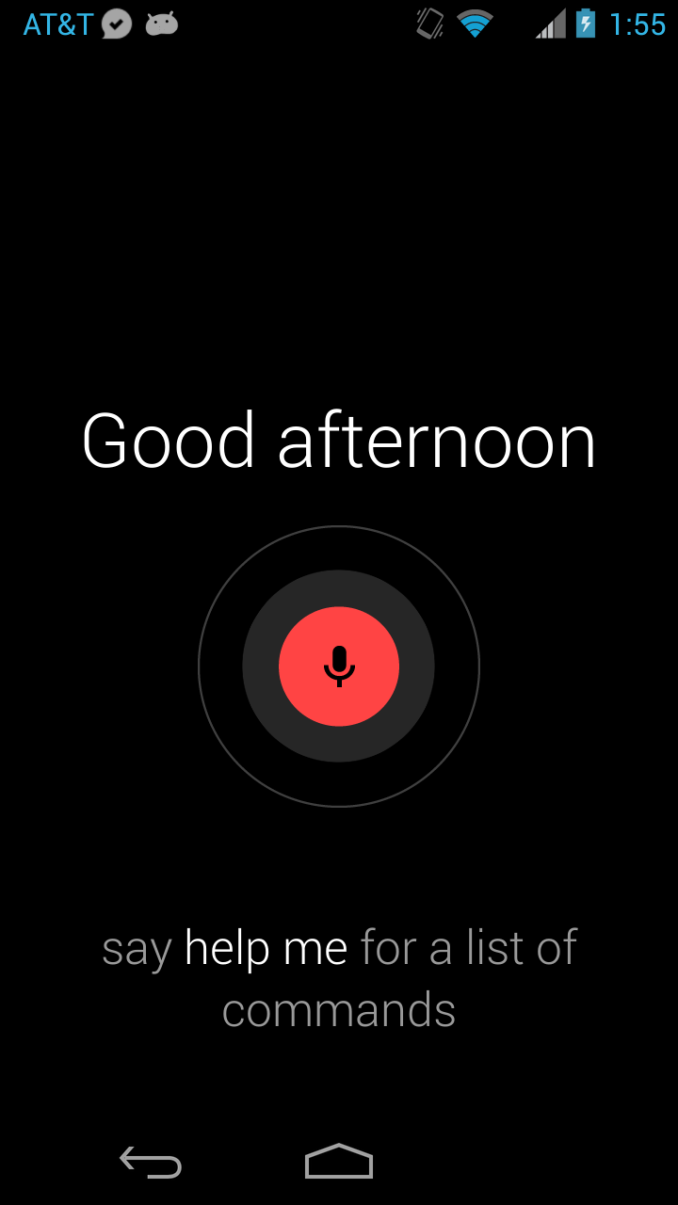
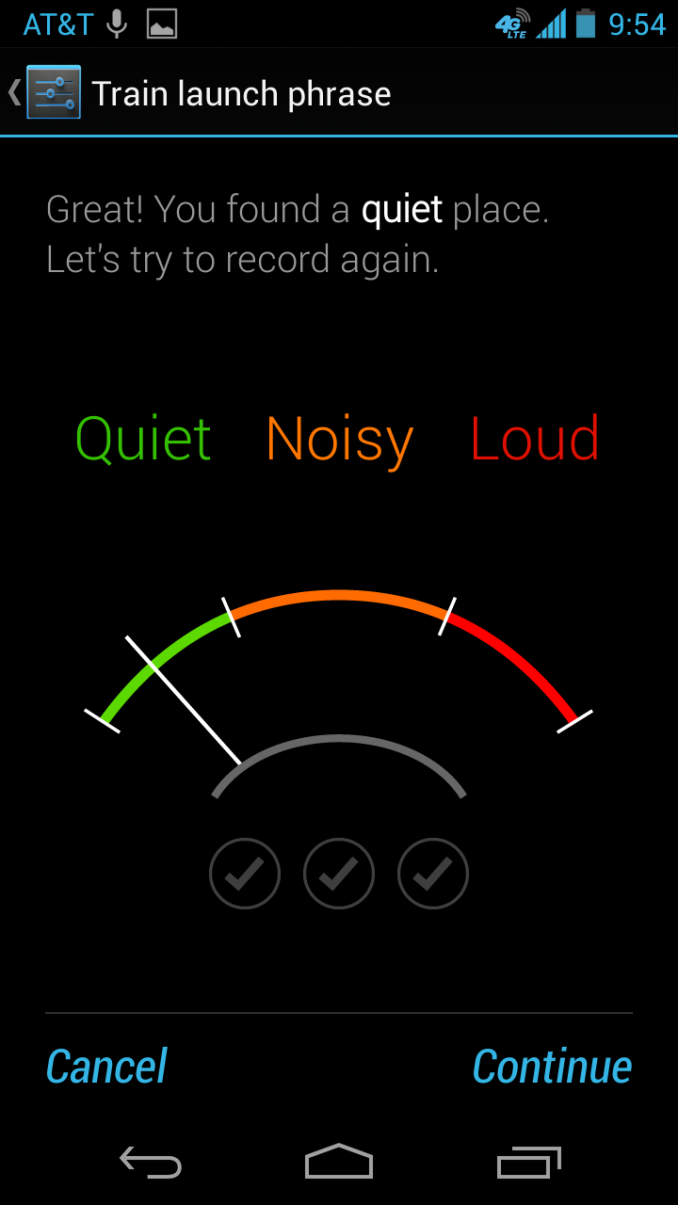
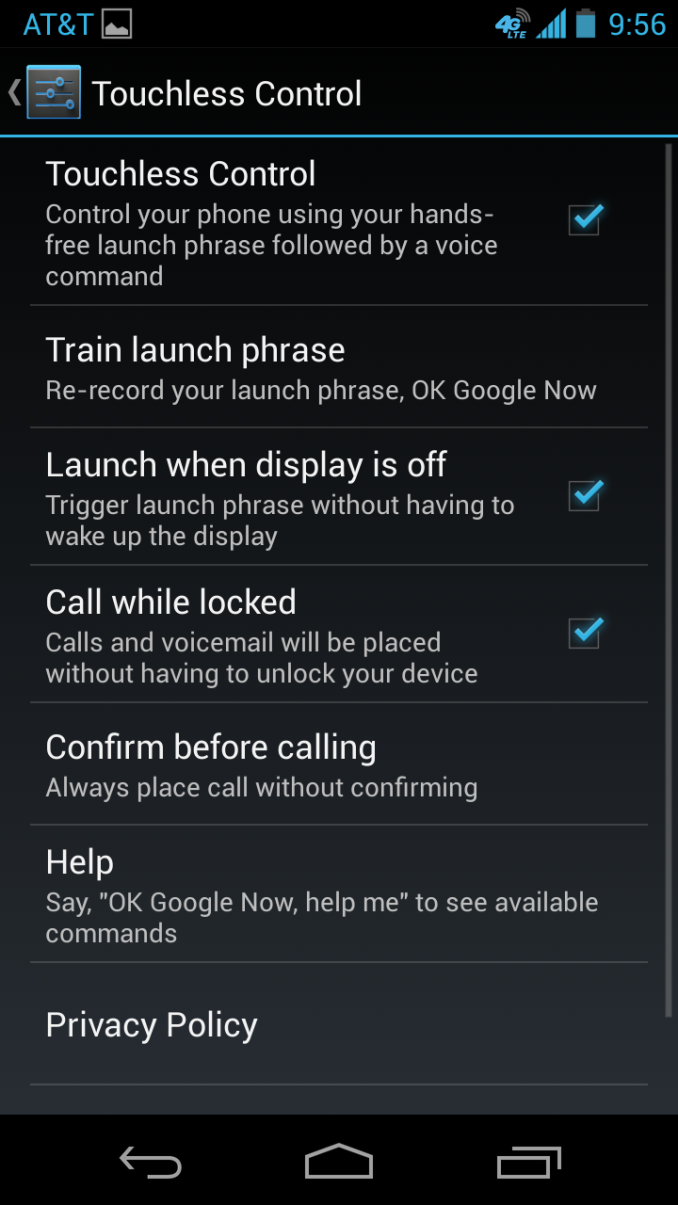
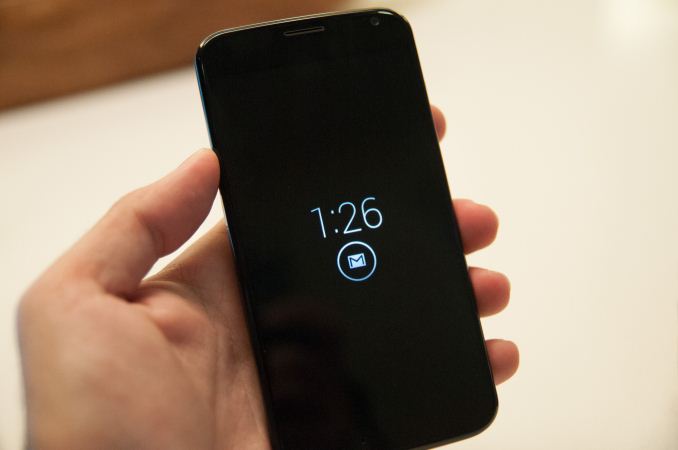
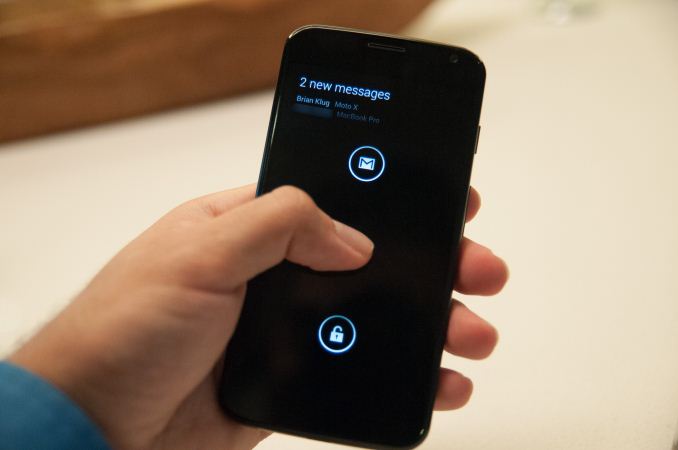
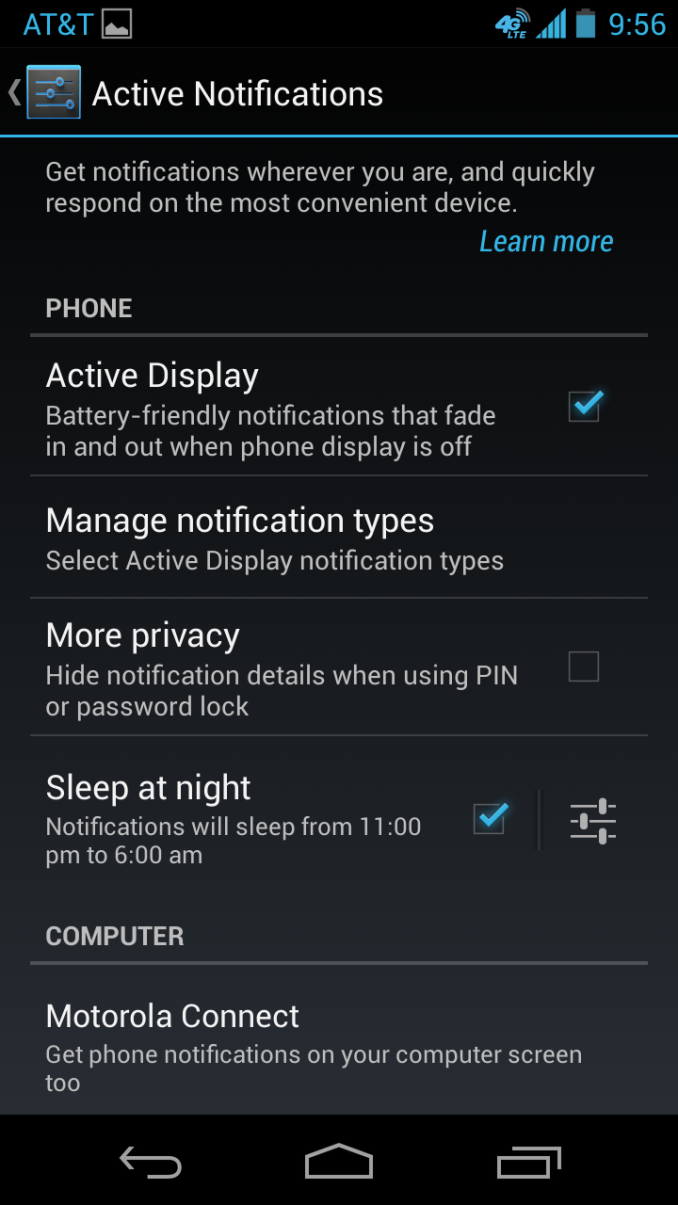
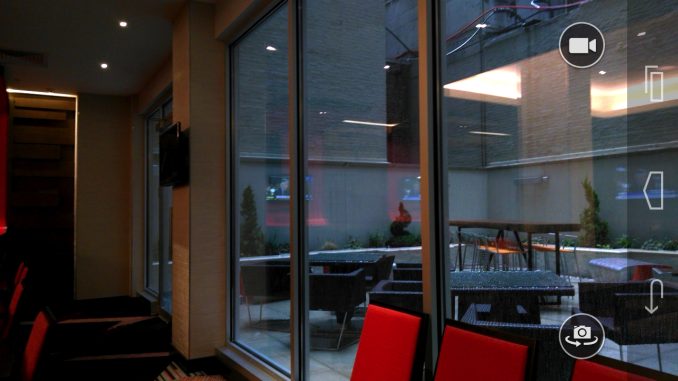
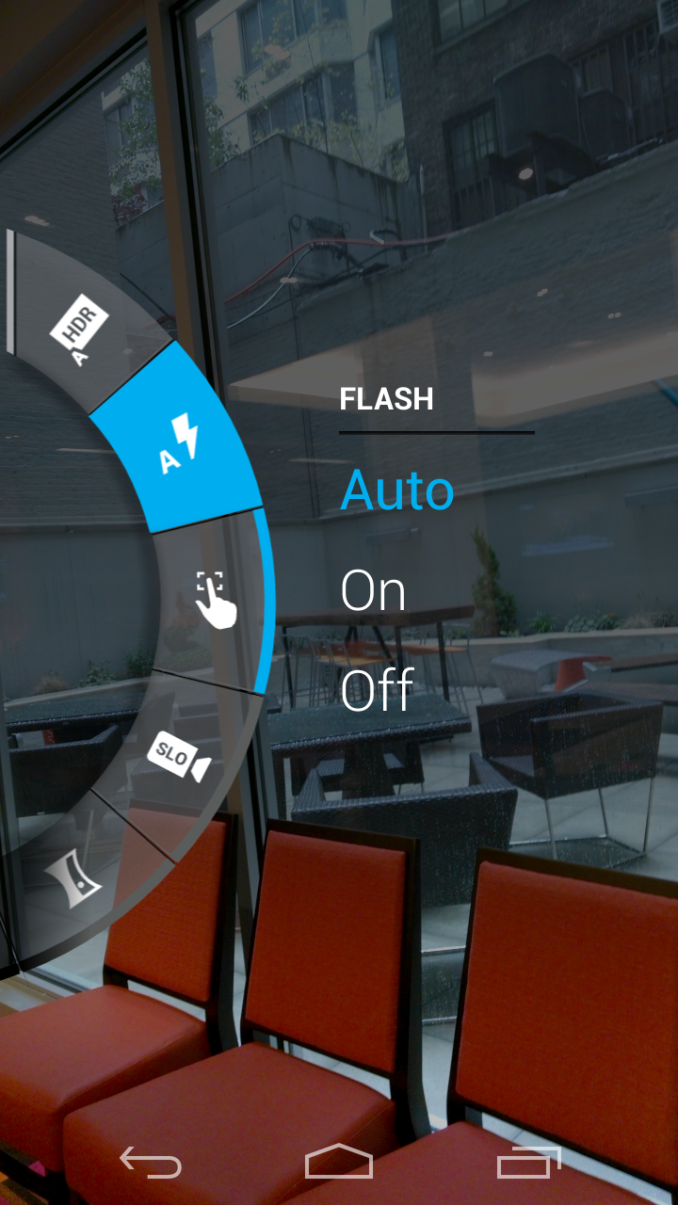








162 Comments
View All Comments
sherlockwing - Thursday, August 1, 2013 - link
It have GS4 Mini/HTC One Mini specs aside from a larger screen, yet is priced to compete with GS4 & HTC One. That's the fatal flaw with this phone.Spunjji - Friday, August 2, 2013 - link
"Europeans quickly learned that"Learned what? My girlfriend just bought the 16GB model for £290 including VAT; so that's roughly $360 excluding VAT. I'm not sure what this has "taught" me besides what I already knew which is that everything costs more here for no good reason.
I entirely agree that they're trying to make an "iPhone", though. They've even gone with an Apple-esque balance of GPU and CPU power and are differentiating their product via unique aesthetic choices.
Grennum - Friday, August 2, 2013 - link
Well the iPhone 5 was released 10 months ago. In 2 months we will see was Apple releases.I do think that Motorola/Google is copying Apple in that hard specs don't really matter, user experience does. Until very recently various Android phones have had superior hardware to the iPhone but all of them were not as smooth as the iPhone was.
What is being sold here is a more usable device with features that Motorola/Google has determined are actually important to most users(Smaller screen), I suspect they will be very successful.
divinitus - Thursday, August 8, 2013 - link
"all of them were not as smooth as the iPhone was"I think the phrase should be "some of them". That statement is pretty much generalization. It's true some phones still produce a bit of choppiness, mainly due to carrier bloat. However, there are also devices without carrier bloat that average response time is faster than the iPhone 5.
mrochester - Wednesday, August 7, 2013 - link
Apple is able to sell the iPhone 5 at the price they do because it offers something different; iOS. Motorola may struggle to sell the X for $200 precisely because it doesn't offer anything different over the other $200 Android phones; they are all still Android phones. They'd probably need to use a different OS to be able to offer something that's worth the $200 asking price.halcyon - Thursday, August 1, 2013 - link
- Pink, medium res screen- Medium size battery (sans MAXX)
- 32GB only, no SD slot
- Medium-grade SoC
- Android 4.2.2
- Quick features taken off Samsun's TouchWiz
- acceleration sensing features that work hit&miss style
All this for $200/$300 locked-in to a 2-yr contract?
FAIL. Sorry Moto.
Sony, LG, Samsung and Apple will get the buyers (excl. a few people who buy it for the wooden back panel).
BlueScreenJunky - Thursday, August 1, 2013 - link
Oh well... Thought I would finally replace my SGS 2 with this phone, but unless they release a "China Edition" assembled in China and sold at $299 off contract, I think my S2 is going to get another year of use ^^Phone looks great, especially the form factor (The Nexus 4 is a tad too large for my taste, but the Moto X looks perfect, slightly narrower than the S2), but there's no way I'm paying 500-600€ for a phone.
twtech - Thursday, August 1, 2013 - link
I'm concerned about the battery size. I was hoping they were going to continue with the trend of having a flagship with over 3k mAh. Battery life is really the #1 important feature to me. It doesn't matter how fast the phone is, or what features it has, if it's off because the battery is dead.This seems like a very ordinary phone, not bad, but that doesn't really have a must-have feature, unfortunately.
Mondozai - Thursday, August 1, 2013 - link
Just no.Price that high for contract? Their major selling point(customization) only for one operator? No LCD screen?
Also, being owned by Google and still being on 4.2.2?
Just no.
jt122333221 - Thursday, August 1, 2013 - link
I agree that it was a mistake to lock the customization to AT&T, but based on info I've heard from other sites and sources, that should only be for the first couple of months. It should be (in my opinion, for future devices) available to any carrier and even unlocked devices at launch. The LCD screen isn't something that would provide good battery life with Active Notifications, which is a large reason they went with AMOLED (the other reason is probably because they've been using AMOLED for a few years in their Razr line). Next, 4.3 just came out last week... While Samsung and HTC have been working on it, Moto's likely been doing the same for their device, but these things all take time. It's not like everything can be done overnight.